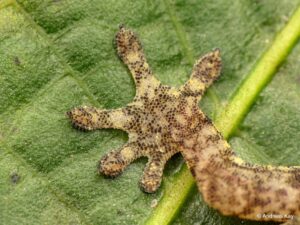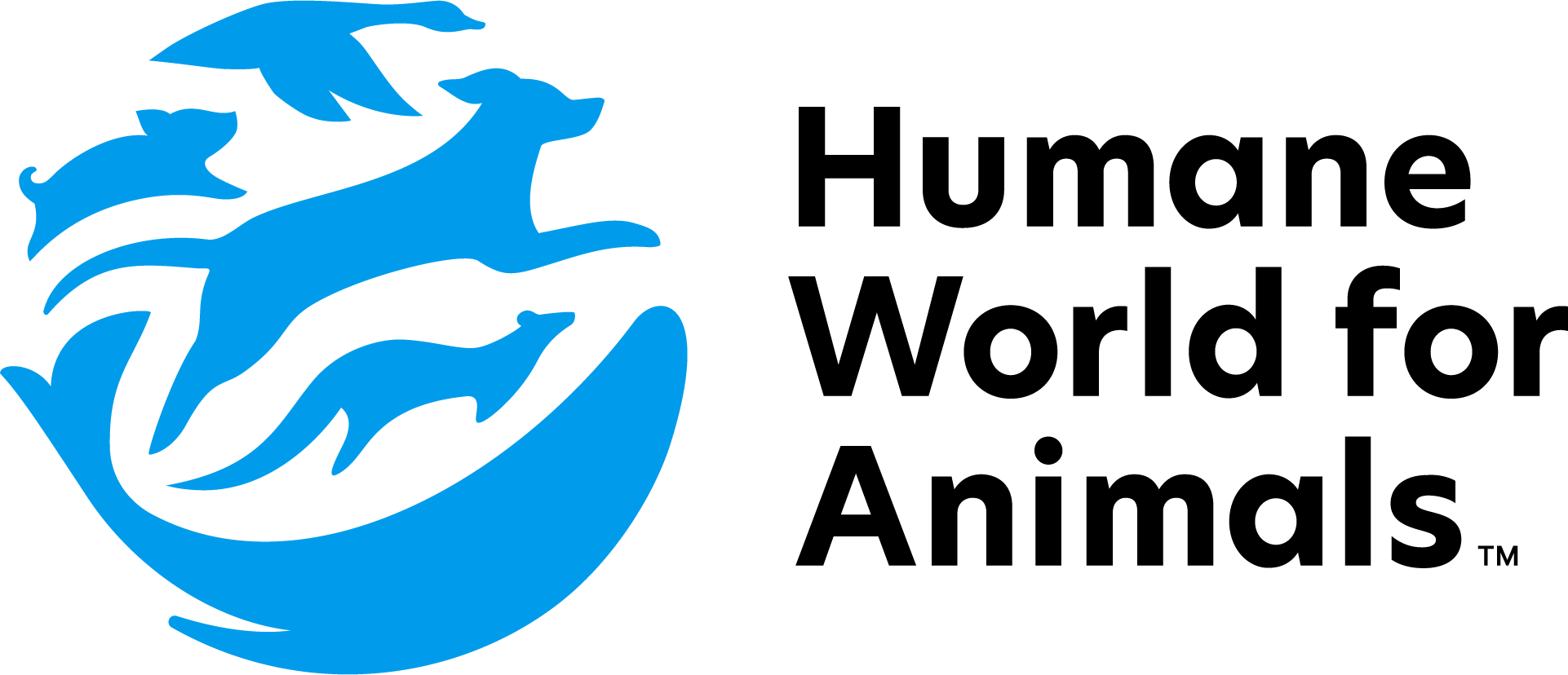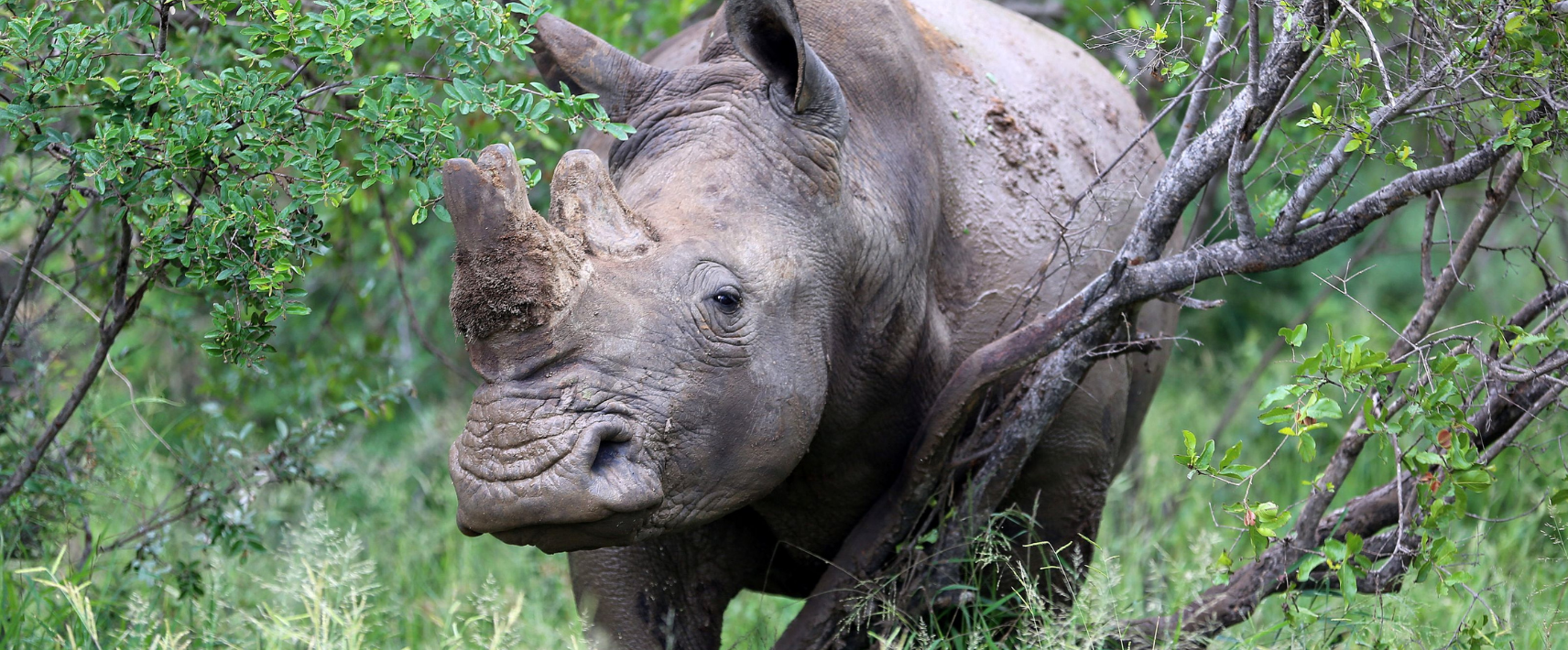One of the most important global meetings on wildlife trade has just wrapped up in Uzbekistan. It’s capital city Samarkand was where governments convened for the 20th Conference of the Parties (CoP20) to the Convention on International Trade in Endangered Species of Wild Fauna and Flora (CITES) to decide how international trade should be managed for some of the world’s most threatened...
 Photo credits: Andreas Kay via flickr
Photo credits: Andreas Kay via flickr
Australia is home to an array of remarkable reptiles. Among them, two geckos stand out – not just for their unique appearance and behaviour, but also for the growing threats they face. The ringed thin-tail gecko (Phyllurus caudiannulatus) and the Mount Elliot leaf-tailed gecko (Phyllurus amnicola) have both recently been nominated for listing under Appendix II ahead of the Convention on International Trade in Endangered Species of Wild Fauna and Flora (CITES) 20th Conference of the Parties (CoP20) by Australia. This development marks a positive step in their conservation prioritisation, though there’s still more work to be done.
The allure (and risk) of the exotic pet trade
Australia’s endemic reptiles have become highly sought after in the international pet trade. Specifically, geckos are appealing to collectors and enthusiasts around the world due to their rarity and uniqueness. While many reptiles in the pet trade are captively bred, seizure records show that some are still illegally taken from the wild. This places immense pressure on wild populations that are already threatened. This not only threatens the survival of these species but also raises serious animal welfare concerns. Reptiles can die during transport due to stress. Those that survive are typically kept in conditions that fail to meet their complex needs. Common welfare concerns include inadequate nutrition, inappropriate housing, and the inability to express natural behaviours.
The ringed thin-tail gecko (Phyllurus caudiannulatus)
Endemic to the Bulburin State Forest in southeastern Queensland, the ringed thin-tail gecko is distinguished by its slender body and characteristic ringed tail. This species inhabits subtropical rainforests, often sheltering in tree cavities and under logs. Its limited distribution makes it particularly vulnerable to habitat loss, climate change, and the impacts of bushfires. Recent assessments have resulted in this gecko being listed as Endangered under the Environment Protection and Biodiversity Conservation Act 1999 (EPBC Act), highlighting the urgency of its conservation needs.
Mount Elliot leaf-tailed gecko (Phyllurus amnicola)
Found exclusively on Mount Elliot in northeastern Queensland, this gecko is a master of camouflage, blending seamlessly with the rocky creek beds of its rainforest habitat. Its flattened body and leaf-like tail provide excellent disguise against predators. However, it’s extremely limited range – restricted to a specific elevation band on Mount Elliot – makes it highly susceptible to environmental changes and human disturbances. While it is not formally listed as Endangered, its restricted distribution and sensitivity to habitat disruption make it a species of high conservation concern.
CITES appendix II: A step in the right direction
The nomination of these two gecko species at CITES under Appendix II means that they are in line for a listing that would see international trade regulated to prevent exploitation that could threaten their survival. While this doesn’t ban trade outright, it requires that exports are sustainable and legal, providing a framework to monitor and control the trade of these species. This move by the Australian Government is commendable and reflects a growing recognition of the threats faced by our native reptiles. However, given the specific vulnerabilities of these geckos, we had hoped for a more stringent measure – an Appendix I nomination, which would prohibit international trade altogether. Such a ban would offer the highest level of protection, ensuring that these species are not subjected to the pressures of global demand.
Continuing the fight for our reptiles
While the Appendix II nomination is a positive development, it’s clear that more comprehensive protections are needed. Humane World for Animals will continue to advocate for stronger measures, including:
- Pursuing Appendix I listings for species at high risk.
- Enhancing domestic protections under national and state legislation.
- Investing in habitat conservation and restoration efforts.
- Raising public awareness about the impacts of the illegal pet trade.
Australia’s reptiles are an integral part of our natural heritage. Protecting them requires a concerted effort from governments, conservation organisations, and the public. By staying informed and supporting conservation initiatives, we can help ensure that these unique species continue to thrive in the wild.
 Photo credits: Andreas Kay via flickr
Photo credits: Andreas Kay via flickr
Australia is home to an array of remarkable reptiles. Among them, two geckos stand out – not just for their unique appearance and behaviour, but also for the growing threats they face. The ringed thin-tail gecko (Phyllurus caudiannulatus) and the Mount Elliot leaf-tailed gecko (Phyllurus amnicola) have both recently been nominated for listing under Appendix II ahead of the Convention on International Trade in Endangered Species of Wild Fauna and Flora (CITES) 20th Conference of the Parties (CoP20) by Australia. This development marks a positive step in their conservation prioritisation, though there’s still more work to be done.
The allure (and risk) of the exotic pet trade
Australia’s endemic reptiles have become highly sought after in the international pet trade. Specifically, geckos are appealing to collectors and enthusiasts around the world due to their rarity and uniqueness. While many reptiles in the pet trade are captively bred, seizure records show that some are still illegally taken from the wild. This places immense pressure on wild populations that are already threatened. This not only threatens the survival of these species but also raises serious animal welfare concerns. Reptiles can die during transport due to stress. Those that survive are typically kept in conditions that fail to meet their complex needs. Common welfare concerns include inadequate nutrition, inappropriate housing, and the inability to express natural behaviours.
The ringed thin-tail gecko (Phyllurus caudiannulatus)
Endemic to the Bulburin State Forest in southeastern Queensland, the ringed thin-tail gecko is distinguished by its slender body and characteristic ringed tail. This species inhabits subtropical rainforests, often sheltering in tree cavities and under logs. Its limited distribution makes it particularly vulnerable to habitat loss, climate change, and the impacts of bushfires. Recent assessments have resulted in this gecko being listed as Endangered under the Environment Protection and Biodiversity Conservation Act 1999 (EPBC Act), highlighting the urgency of its conservation needs.
Mount Elliot leaf-tailed gecko (Phyllurus amnicola)
Found exclusively on Mount Elliot in northeastern Queensland, this gecko is a master of camouflage, blending seamlessly with the rocky creek beds of its rainforest habitat. Its flattened body and leaf-like tail provide excellent disguise against predators. However, it’s extremely limited range – restricted to a specific elevation band on Mount Elliot – makes it highly susceptible to environmental changes and human disturbances. While it is not formally listed as Endangered, its restricted distribution and sensitivity to habitat disruption make it a species of high conservation concern.
CITES appendix II: A step in the right direction
The nomination of these two gecko species at CITES under Appendix II means that they are in line for a listing that would see international trade regulated to prevent exploitation that could threaten their survival. While this doesn’t ban trade outright, it requires that exports are sustainable and legal, providing a framework to monitor and control the trade of these species. This move by the Australian Government is commendable and reflects a growing recognition of the threats faced by our native reptiles. However, given the specific vulnerabilities of these geckos, we had hoped for a more stringent measure – an Appendix I nomination, which would prohibit international trade altogether. Such a ban would offer the highest level of protection, ensuring that these species are not subjected to the pressures of global demand.
Continuing the fight for our reptiles
While the Appendix II nomination is a positive development, it’s clear that more comprehensive protections are needed. Humane World for Animals will continue to advocate for stronger measures, including:
- Pursuing Appendix I listings for species at high risk.
- Enhancing domestic protections under national and state legislation.
- Investing in habitat conservation and restoration efforts.
- Raising public awareness about the impacts of the illegal pet trade.
Australia’s reptiles are an integral part of our natural heritage. Protecting them requires a concerted effort from governments, conservation organisations, and the public. By staying informed and supporting conservation initiatives, we can help ensure that these unique species continue to thrive in the wild.


